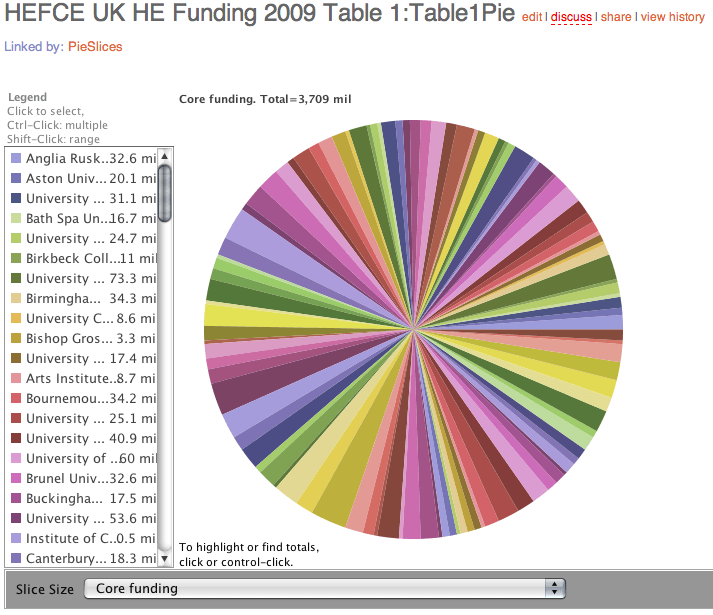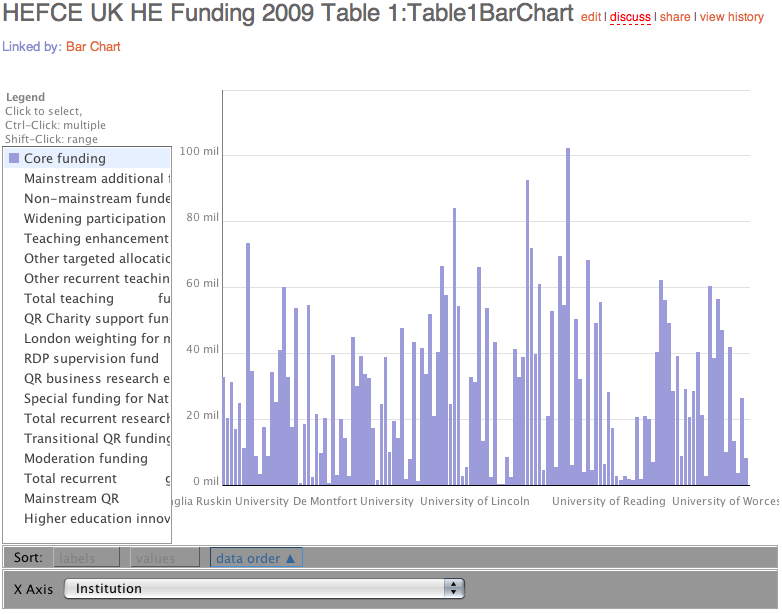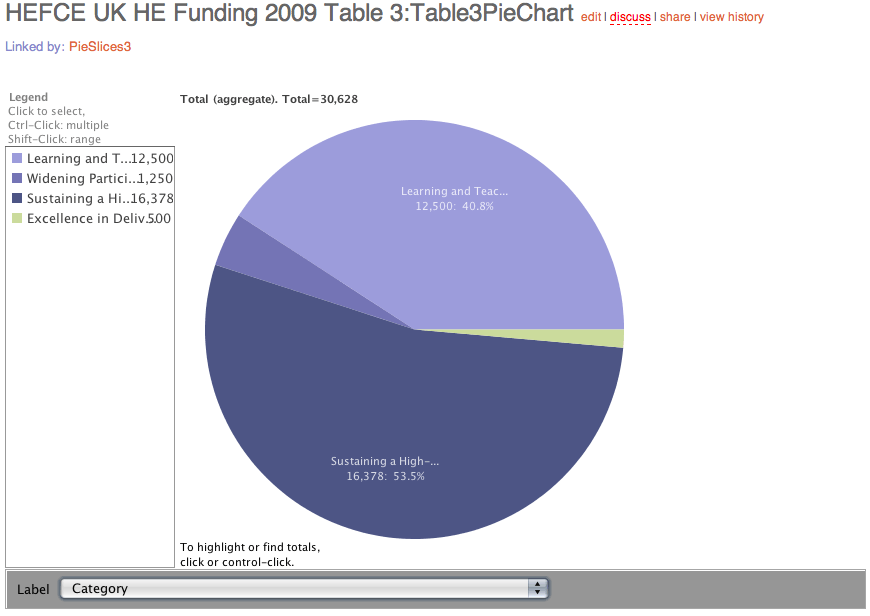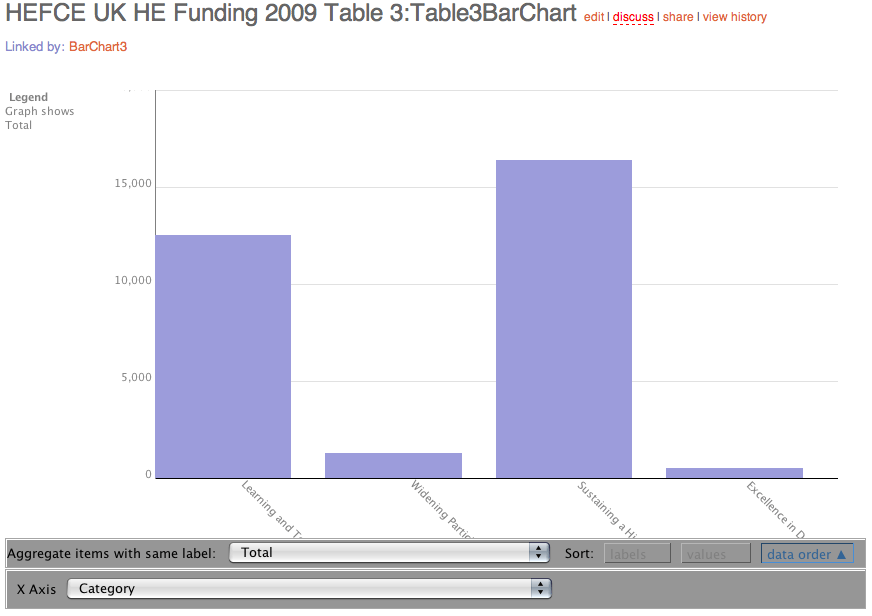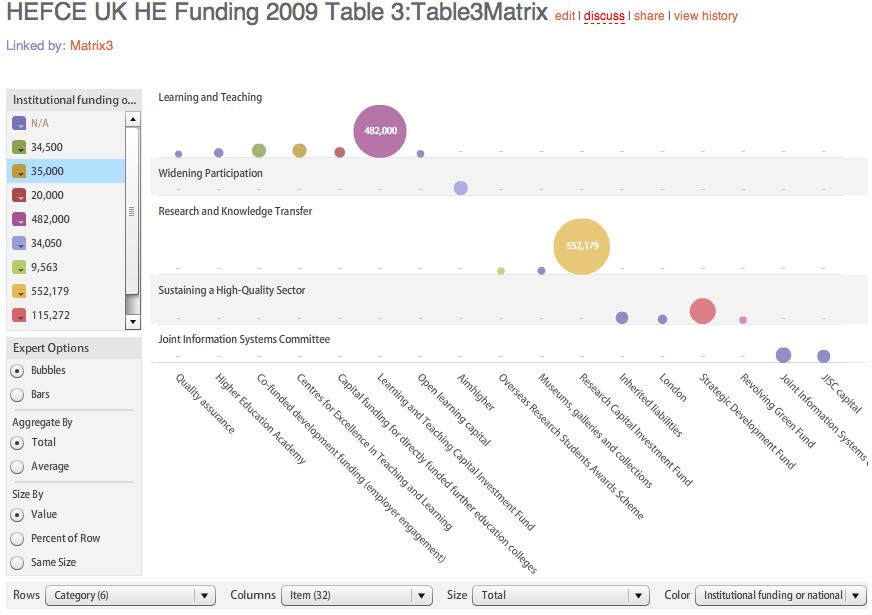When I have time, I like to read about new and developing web standards and specifications. Sad, you might think, but it’s a way of learning about some of the theoretical developments that eventually turn into practical functionality for all users of the Internet. Also, I am an Archivist (film, audiovisual, multimedia) by trade, and am somewhat reassured by the development of standards and specifications as a way of achieving consensus among peers and avoiding wasted time and effort in managing ‘stuff’.
So, while poking around on Wikipedia last night, I came across ‘Operator‘, an add-on for Firefox that makes part of the ‘hidden’ semantic web immediately visible and useful to everybody. If you’re using Firefox, click here to install it. It’s been available for over a year now and is mature and extensible through the use of user scripts. It’s been developed by Michael Kaply, who works on web browsers for IBM and is responsible for microformat support in Firefox.
Operator leverages microformats and other semantic data that are already available on many web pages to provide new ways to interact with web services.
In practice, Operator is a Firefox tool bar (and/or location/status bar icon) that identifies microformats and other semantic data in a web page and allows you to combine the value of that information with other web services such as search, bookmarking, mapping, etc. For example, this blog has tags. Operator identifies the tags and then offers the option of searching various services such as Amazon, YouTube, delicious and Upcoming, for a particular tag. If Operator finds geo-data, it offers the option of mapping that to Google Maps and, on this page for example, it identifies me as author and allows you to download my contact details, which are embedded in the XHTML. Because it is extensible through user-scripts, there are many other ways that the microformat data can be used.
Of particular interest to students and staff are perhaps the microformat specifications for resumes and contact details. Potentially, a website, properly marked up (and WordPress allows for some of this already), could provide a rich and useful portfolio of their work and experience which is semantically linked to other services such as Institutional Repositories or other publications databases where their work is held.
After using it for a few hours, I now find myself disappointed when a website doesn’t offer at least one piece of semantic data that is found by Operator (currently, most don’t but some do). Microformat support will be included (rather than an add-on) in Firefox 3.1 and IE 8, so we can expect to see much more widespread adoption of it. A good thing.
There’s a nice demonstration of microformats here, using the Operator plugin.
 Non-recurrent funding for 2009-10
Non-recurrent funding for 2009-10